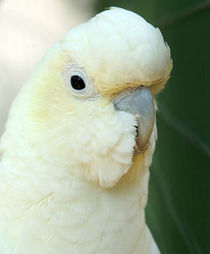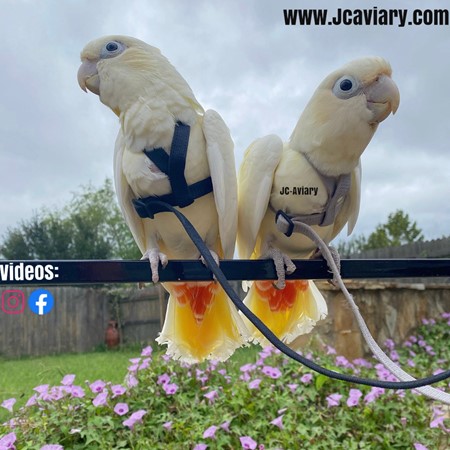

It forms larger groups outside of the breeding season. This bird is noisy and fairly conspicuous, gathering in groups to feed and roost. Its wild diet includes seeds, fruit, nuts, flowers, the bark of some trees, and berries. The upper body of a mainly white cockatoo that has raised its left leg to its black beak. The Red-vented Cockatoo is a critically endangered species endemic to the Philippines.
Red vented cockatoo full#
Please visit our website for full details on. All our babies are very well socialized, tame and sweet. She said about 60-70 of the critically endangered bird, which is also known as the red-vented cockatoo, are dwelling in the IPPF’s lowland forests. Videos available on our Facebook and Instagram page Jcaviaries.

They will be ready for their forever homes in October (TEXAS ONLY because of ESA listing). VERY RARE These cuties are currently being hand-fed and trained. It was once common, as recently as the 1950s, but has since undergone a rapid decline since which has left a population of under 1200 individuals. Accepting reservation on these adorable Red-vented cockatoo babies. History: The Red-vented Cockatoo or Corella, Cacatua haematuropygia, is native to the Philippines. Where found: The Red-vented Corella is restricted to Philippines where it once was common, now on Palawan Islands and the Sulu Archipelago. IUCN/CITES Status: Critically Endangered / Appendix I By 2005 the organisation began to plan and build the Katala Institute for Ecology and Biodiversity Conservation, designed as a centre for environmental education, research and possibly captive breeding for reintroduction. From there, an intensive species conservation programme, the Philippine Cockatoo Conservation Program (PCCP) was begun by the Katala Foundation. Red-vented Cockatoo Cacatua haematuropygia Family: Cacatuidae Endemic to the Philippines, but extirpated from most of its historical range such that it is mostly confined to Palawan and the Sulu Islands, with a few scattered relict populations elsewhere. His goal on the trip was to observe some of the latest viable populations of cockatoos, observe and evaluate the local captive population of the species, and to meet with Philippine partners and members of the SagipKatala (Save the Cockatoo) movement. Outcomes: The World Parrot Trust, from 1994 to 1995, assisted EEP (European Endangered Species Programme) Coordinator Marc Boussekey's crucial work in the Philippines by providing much needed funds for flights to and from Palawan. Aiding, observing and evaluating local captive populaton.Funding flights for travel to and from the area.Project and progress : WPT sent an EEP Coordinator to work in the Philippines for the protection of the species: The Red-vented Corella or Philippine Cockatoo (Cacatua haematuropygia) is classified as Critically Endangered in the wild. Examination on three other species of Philippine Pstitticine birds revealed only the Red Vented Cockatoo to be infected or a latent carrier in the wild state.Red-vented Corella numbers less that 1200

I will ship her from Honolulu International Airport to the Continental US. For Sale is one 7 year old female red-vented cockatoo named Ariel. Systematiç examination to determine the causative source of infection was carried out and revealed natural infection in the wild state as the cause of disease in caged Red Vented Cockatoos in the Philippines. For Sale-Very Rare Female Red Vented Cockatoo. Those birds in aviarys that were kept free-flying remained clinically normal, with no deaths recorded.

In all cases stress was a predisposing factor to death such as enclosure in a small bird cage. Numerous cases of Aspergillosis with no clinical signs prior to death were being reported at the United States Air Force Base, Clark Field, Angeles City, Philippines. Except for non-aggressive behaviour and tiring easily the subjects showed clinically nothing peculiar. Philippine Red Vented Cockatoos were being trapped in the wild and dispersed directly to private homes, aviarys, pet stores and for export to the United States of America.


 0 kommentar(er)
0 kommentar(er)
